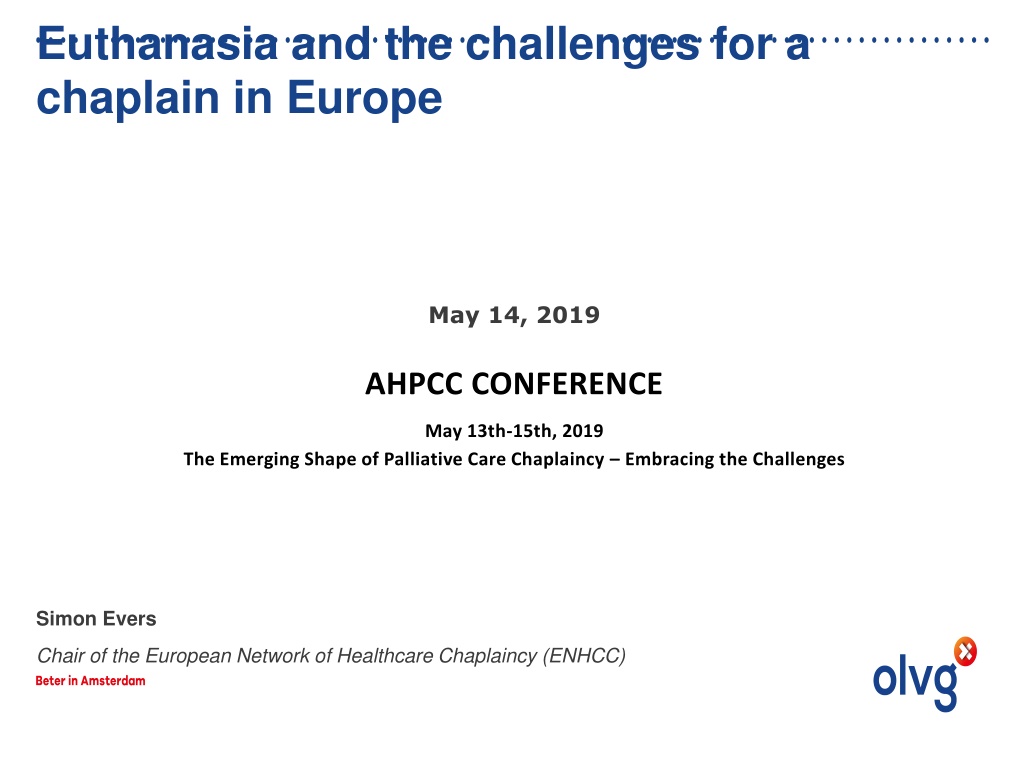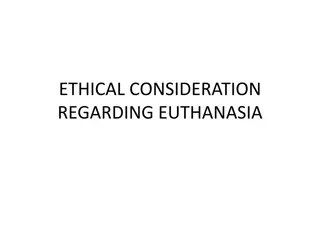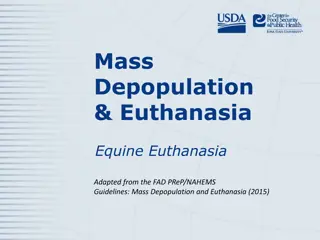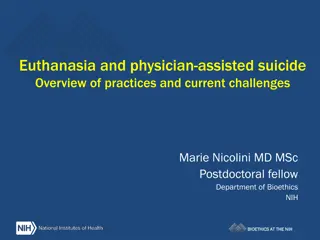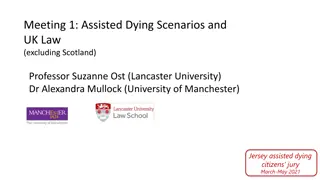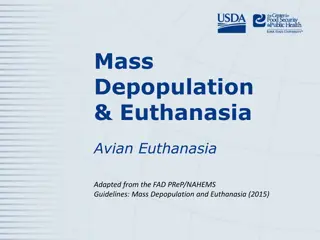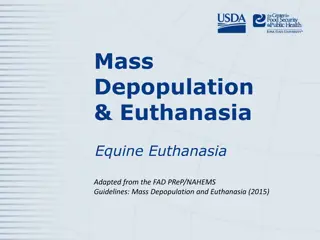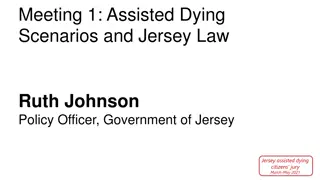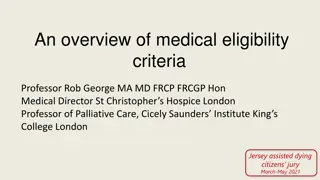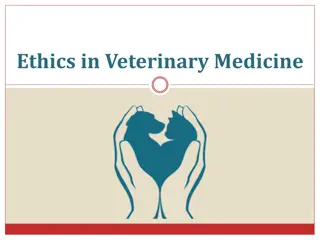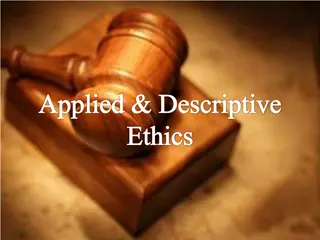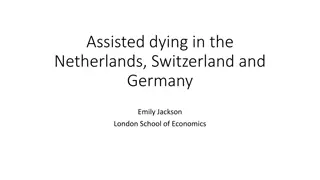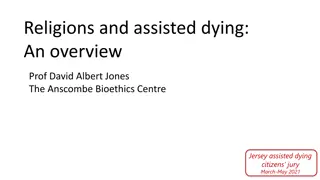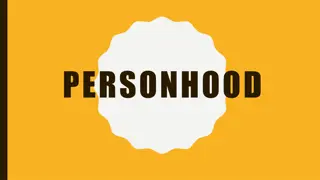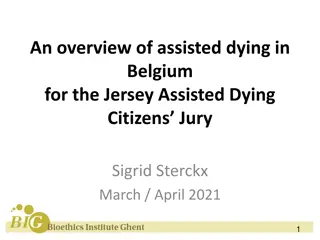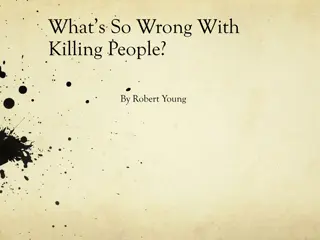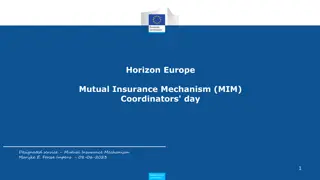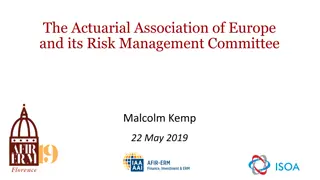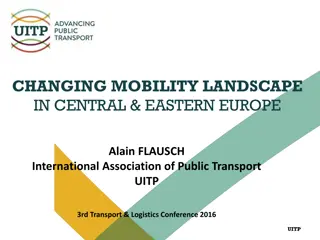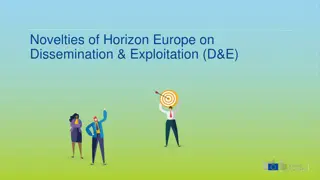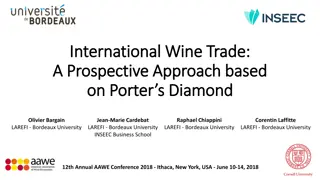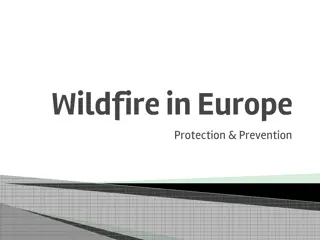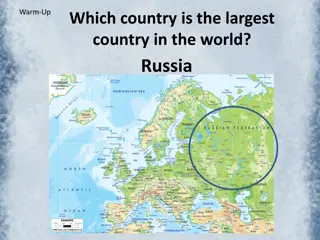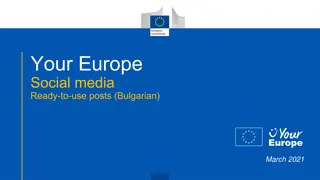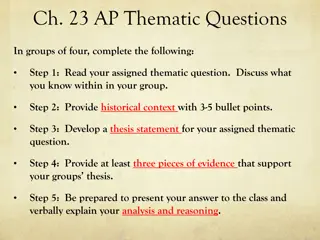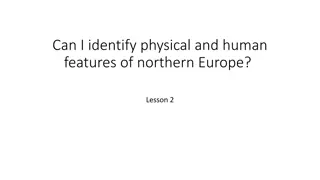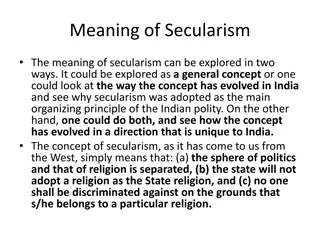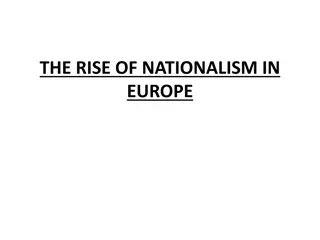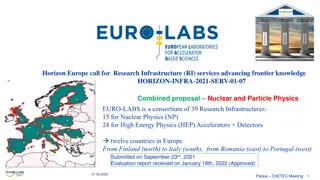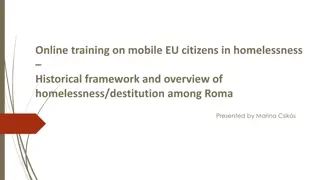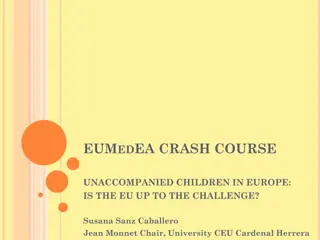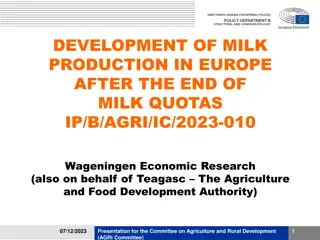Challenges of Euthanasia for Chaplains in Europe
Addressing the challenges that chaplains face in Europe in dealing with euthanasia, Simon Evers discusses stories and facts about euthanasia in the Netherlands, the legal framework, and the practice. The law allows for the suspension of prosecution under specific conditions, ensuring the patient's suffering is unbearable with no prospect of improvement, and the request is voluntary and persistent over time. Consultation with an independent doctor and appropriate death procedures are essential, with age requirements for patients.
Download Presentation

Please find below an Image/Link to download the presentation.
The content on the website is provided AS IS for your information and personal use only. It may not be sold, licensed, or shared on other websites without obtaining consent from the author. Download presentation by click this link. If you encounter any issues during the download, it is possible that the publisher has removed the file from their server.
E N D
Presentation Transcript
Euthanasia and the challenges for a chaplain in Europe May 14, 2019 AHPCC CONFERENCE May 13th-15th, 2019 The Emerging Shape of Palliative Care Chaplaincy Embracing the Challenges Simon Evers Chair of the European Network of Healthcare Chaplaincy (ENHCC)
1. Simon Evers 2. Stories about euthanasia in the Netherlands 3. Facts 4. Law 5. OLVG / Doctor 6. Chaplain
2. Stories about euthanasia in the Netherlands Amsterdam by Ian McEwan (1998) Rick Santorum (USA 2012)
3. Facts Countries in Europe where Euthanasia is legal Outside Europe
3. Facts: Euthanasia in the Netherlands a) Legal framework b) Practice c) Further developments
3 a) Legal framework Termination of Life on Request and Assisted Suicide (Review Procedures) Act was passed in April 2001 and took effect on 1 April 2002.
3 a) Legal framework The law allows medical review board to suspend prosecution of doctors who performed euthanasia when each of the following conditions are fulfilled: the patient's suffering is unbearable with no prospect of improvement the patient's request for euthanasia must be voluntary and persist over time (the request cannot be granted when under the influence of others, psychological illness or drugs) the patient must be fully aware of his/her condition, prospects, and options there must be consultation with at least one other independent doctor who needs to confirm the conditions mentioned above the death must be carried out in a medically appropriate fashion by the doctor or patient, and the doctor must be present the patient is at least 12 years old (patients between 12 and 16 years of age require the consent of their parents)
3 a) Legal framework Euthanasia remains a criminal offense in cases not meeting the law's specific conditions, with the exception of several situations that are not subject to the restrictions of the law at all, because they are not considered euthanasia but normal medical practice: stopping or not starting a medically useless (futile) treatment stopping or not starting a treatment at the patient's request speeding up death as a side-effect of treatment necessary for alleviating serious suffering Euthanasia of children under the age of 12 remains technically illegal
3 b) Practice 2016: 6,091 (4% of people who died) 2017: 6,585 (4,4% of people who died) 2018: 6,126 (4% of people who died) In general there are three times more requests (about 15,000). One third is denied because of the lack of presence of one or more criteria. One third dies earlier than the procedure for euthanasia can be ended.
3 b) Practice 2017 Ratio between cases of termination of life on request and cases of assisted suicide. There were 6,306 cases of termination of life on request (over 95.8% of the total), 250 cases of assisted suicide (3.8%) and 29 cases involving a combination of the two (0.4%).
3 b) Practice 2017 Diseases 89,4% Incurable cancer, neurological disorders, cardiovasculair disease, pulmonary disease or a combination of these conditions (5,893) Cancer: 4,236 Combination: 782 Neurological: 374 Cardiovasculair: 275 Pumonary: 226
3 b) Practice 2017 10.6% Dementia: 166 (early stage) 3 (advanced stage) Psychiatric: 83 Multi geriatric: 293 Other conditions: 147
3 b) Practice Ages Minors (12-17): 18-40: Sixties: Seventies: Eighties: 3 (0,0004%) 73 (0,01%) 1405 (21,3%) 2002 (30,4%) 1634 (24,8%)
3 b) Practice Locations Patient s home: Hospice: Care home: Nursing home: Hospital: Elsewhere: 80,6% 6,6% 4,3% 3,8% 2,6% 1,5%
3 b) Practice Notifying physicians General practitioner Elderly-care specialists: Other specialists: Registrars: Other backgrounds: 5636 (85%) 382 247 68 252
3 c) Further developments Psychiatric disorders Dementia Tired of life
4. Law If a physician complies with a request from a patient to end their life, this is called euthanasia. If the physician helps a patient to end their own life, this is known as assisted suicide. In performing euthanasia or assisting in suicide, physicians in the Netherlands must comply with strict rules that are laid down by law: the due care criteria. Physicians who fail to observe these statutory requirements are criminally liable.
4. Law The statutory due care criteria say the physician must: be satisfied that the patient s request is voluntary and well- considered; be satisfied that the patient s suffering is unbearable, with no prospect of improvement; have informed the patient about their situation and prognosis; have come to the conclusion, together with the patient, that there is no reasonable alternative in the patient s situation; have consulted at least one other, independent physician, who must see the patient and give a written opinion on whether the due care criteria set out above have been fulfilled; have exercised due medical care and attention in terminating the patient s life or assisting in the patient s suicide.
5. OLVG General hospital in the centre of Amsterdam with high complexity in patient population: large emergency room facilities multicultural population big-city problems (e.g. drugs, violence, homeless people)
5. OLVG Care delivery can only be referred to if the needs of the individual patient are taken into account when providing care treatment. and professional
5. OLVG Euthanasia is placed in relation to support provided for the dying in broad terms and is seen in terms of caring for the patient and personal norms and values within the Dutch legal, religious boundaries. respecting their and social
5. OLVG Influences affecting the hospital s choice of action: changed social values concerning euthanasia developments in jurisprudence concerning euthanasia patient population different ideas concerning euthanasia personal choice of caregivers
5. OLVG Additional issues taken into account by OLVG: clarity and support for health caregivers ensure the patient s right to information clarity regarding the roles and responsibility of those involved clarity regarding the procedure to be followed
5. OLVG Schooling time investment multi-disciplinary perspective legal and moral implications guidelines
5. OLVG Principles of Biomedical Ethics (Beauchamp T.L. & Childress J.F. (1994)) the principle of non-maleficence the principle of beneficence the principle of respect for autonomy the principle of justice
5. OLVG Outcomes of schooling Communication ethics of caring/rule-based ethics knowledge of jurisprudence
5. Doctor (elderly care specialist / hospice specialist)
6. Chaplain Ethical/Religious considerations Autonomy Human Dignity Pastoral attitudes
Workshop: Sharing cases May 15th: The role of a chaplain when a person asks for euthanasia How are you dealing with the issue ? How am I dealing with the issue ?
